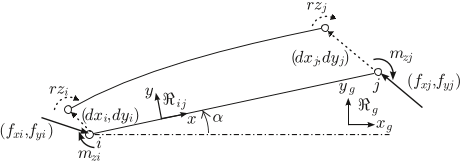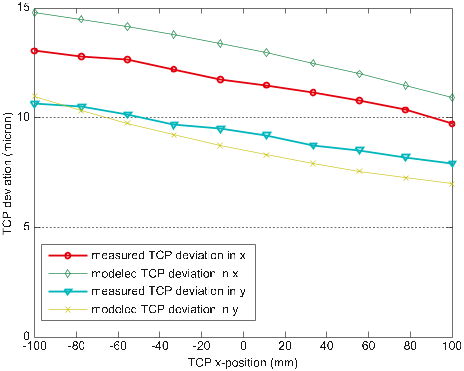Abstract: Parallel kinematic mechanisms (PKM) have received particular attention due to their higher stiffness, increased payload capacity, and agility, when compared to their serial counterparts. Despite these significant advantages, however, most PKM designs, typically, yield limited workspace, problematic singularities, and configuration-dependent stiffness. In response, mechanism redundancy has emerged as an effective tool to address these and other problems. In this paper, we present an in-depth discussion of past research on PKM redundancy. The methodical review of the pertinent literature, first, introduces the concept of redundancy based on the number of actuators and the number of degrees of freedom required to perform a task and, then, discusses the two main types of redundancy according to the mobility of the mechanism, i.e., kinematic and actuation redundancy. Subsequently, research on the design aspects of redundant PKMs, including the various criteria used for design optimization is detailed. Primary advantages of PKM redundancy include workspace enlargement, singularity elimination/ avoidance, and improved joint-torque distribution. In this paper, these advantages are discussed in contrast to the main challenges redundant mechanisms present, such as in motion planning and control, and calibration. Other issues of PKM redundancy, briefly, presented herein for completeness are fault-tolerance, reconfigurability, cable-driven and hyper-redundant PKMs.



















